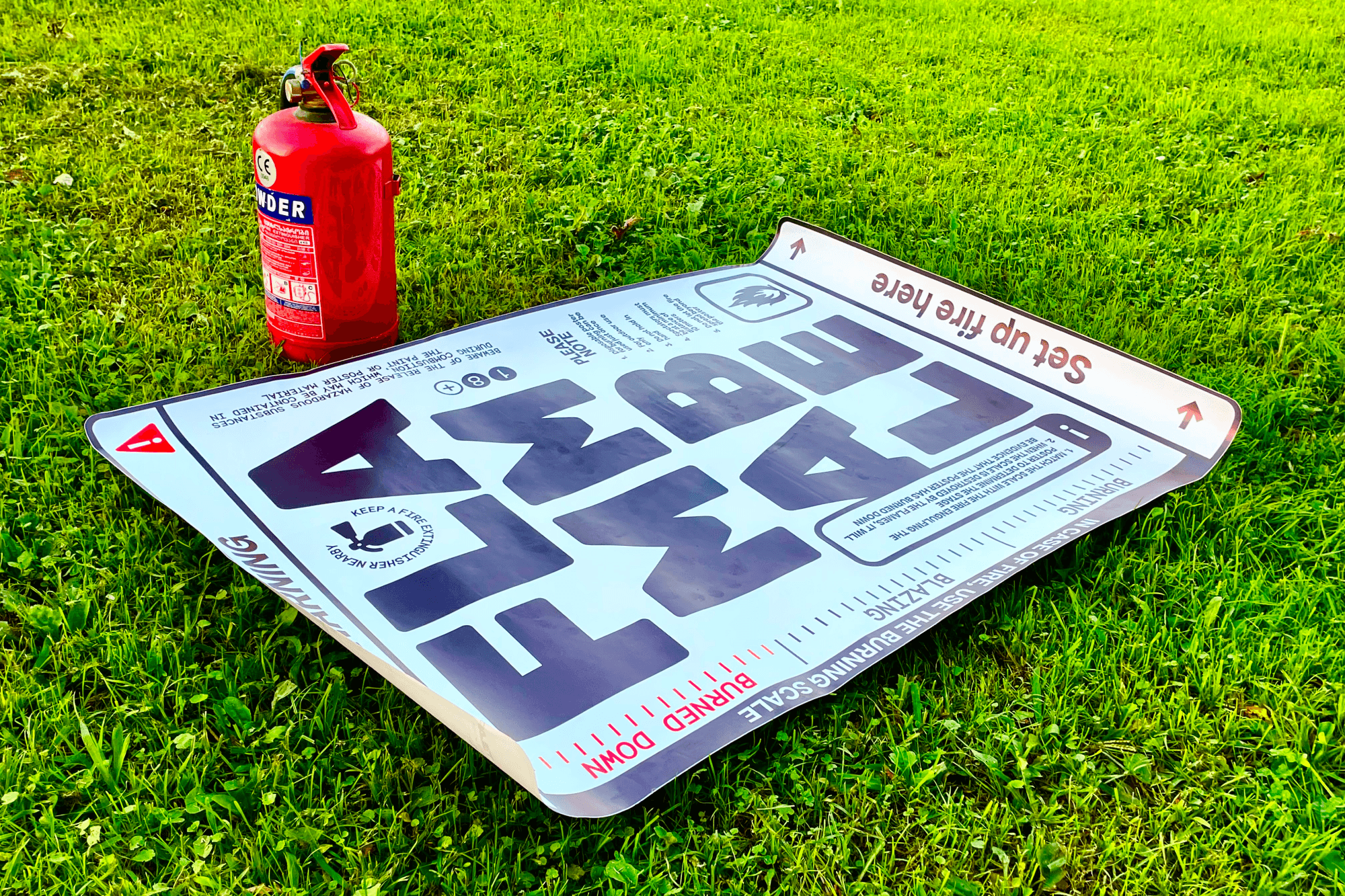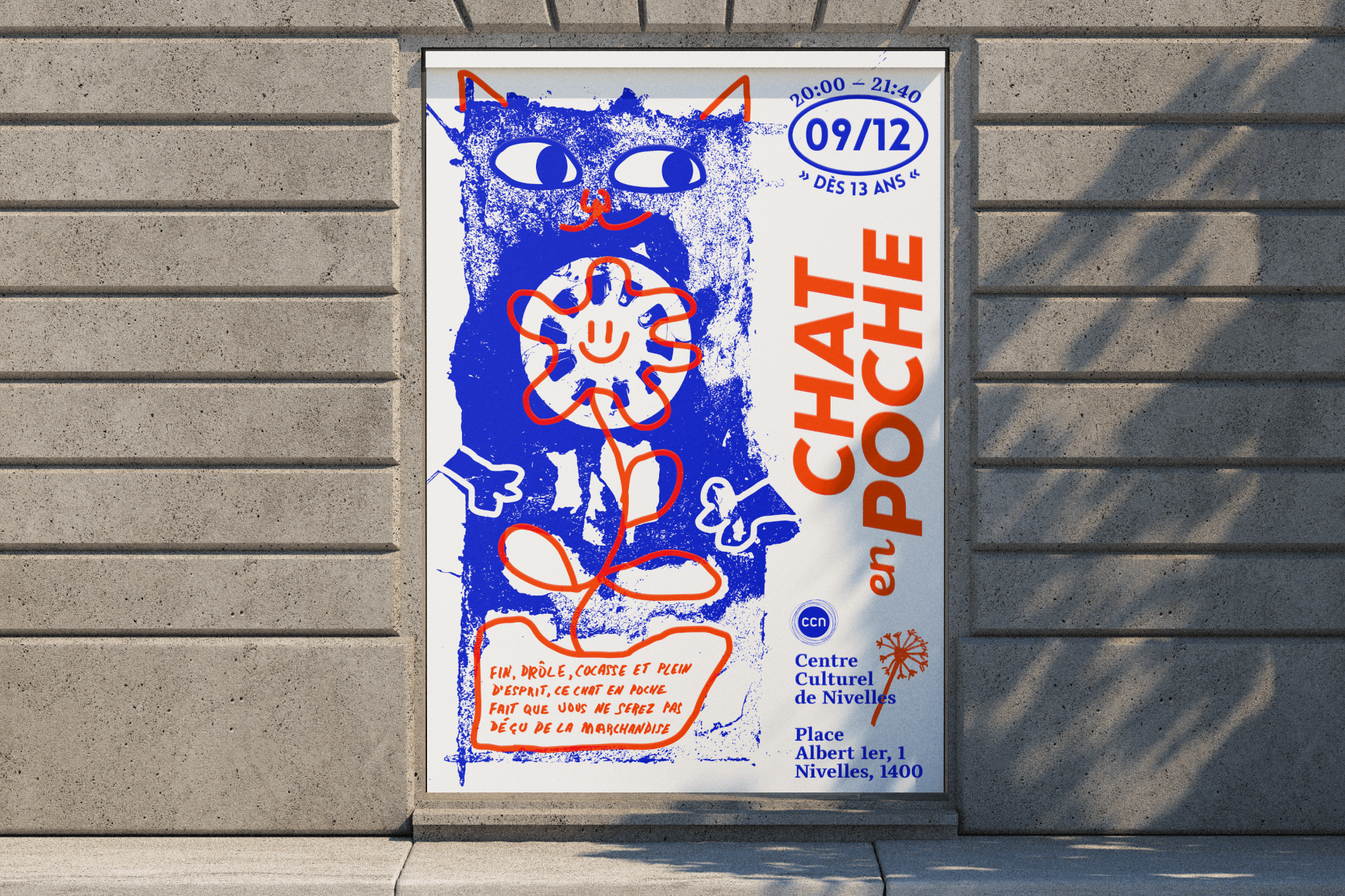Alright – so today we’ve got the honor of introducing you to Mikhail Lychkovskiy. We think you’ll enjoy our conversation, we’ve shared it below.
Mikhail, thanks for taking the time to share your stories with us today We’d love to hear about when you first realized that you wanted to pursue a creative path professionally.
This has not been something that life has been preparing for since childhood — I have never had a penchant for artistic activity. I thought logically, imagined myself doing intellectual work, as one of the millions of office employees. After graduating from the university with a diploma in economics and computer science, I got a job as an information technology analyst at a bank. It was logical.
A system analyst is an intermediary between a business and a software developer. If there is no designer in the team, then it is the analyst who determines what the interface will look like, which fields and buttons the user will use, as well as the logic of their work. At some point, I started studying user interfaces in order to become a better analyst: I read books, took courses, and it seems to me that the first revolution in my mind took place. It turned out that the layout, color, and typography in the interface are not a whim of the designer, — it has a logical justification. Then I enrolled in the British Higher School of Art and Design (BHSAD).
While I was studying layout and typography, I came across examples of Swiss design: posters by Josef Müller-Brockmann, Armin Hofmann, Emil Ruder, Karl Gerstner. Especially Karl Gerstner. I fell in love with their work and wanted to learn how to make posters like them. After receiving my BHSAD diploma, I immediately enrolled in the Typomania Poster School, where such famous teachers as Serge Serov, Peter Bankov, Katerina Terekhova and Alexander Vasin quenched my appetite, and later Peter Bankov became my mentor and friend for many years.


As always, we appreciate you sharing your insights and we’ve got a few more questions for you, but before we get to all of that can you take a minute to introduce yourself and give our readers some of your back background and context?
Now I’m a graphic designer & poster artist with more than 20 international design awards. Undoubtedly, I am grateful for this to my teachers, whom I have identified above. I specialize in typographic works where font and font composition play a major role (as opposed to illustrative works where illustration is major), and in them I see the wonderful charm of minimalism as a continuation of my original love for the Swiss poster. Over time, and thanks to Peter Bankov, I fell in love with the works of other national schools (especially French and German), and this mixture of typography and mixing of the features of national graphic design schools is characteristic of my work.


Is there a particular goal or mission driving your creative journey?
There are several such goals, and they are revealed at different levels.
First of all, I remember the wonderful feeling that I once experienced from Swiss design, and here my goal is to create works that would share this delight with other people. I believe that the world will literally be more beautiful if there are more beautiful things in it, and in this context, any object that can carry beautiful typography and typographic composition is important.
An additional mission is related to the constant analysis of works from the past and present. And in this context, I must continue experimenting in creating posters in search of the limits of what is allowed: when a poster (or other object with letters) continues the traditions of a particular national school, but goes beyond it by some criterion. In this sense, poster designers are rather the authors of ideas that then end up in other people’s mudboards and other people’s projects, but the main thing is that such ideas lead to the world becoming aesthetically better.


Is there something you think non-creatives will struggle to understand about your journey as a creative?
I switched from non-creative to creative when I was over 30, so it seems to me that if someone looks at artists, writers, musicians with the thought “I will never be able to do this” – then in fact you can, just fall in love with this business and resolutely seek knowledge. And if someone is going to make such a change, then there are pros and cons.
There is definitely a difference between working in an office and working on commissions. If you retire the IT job, your income may drop several times (forget about the annual bonus), and you will have to work until midnight, often on weekends. You will have to take responsibility for all the work that other people did in the office for you — communicating with customers, planning work, estimating the cost of work, paying taxes and much more. From now on, you need to tell everyone what you do in order to find customers.
But there are also advantages. You do what you love. Talking about your favorite business is much more pleasant than talking about another day at the office. For some reason, it attracts other people as well, and over time you are surprised by the new life and creative people around you. To the great people around you. And this is your life, which you manage, not your supervisor. No one knows what’s coming next, but it’s damn interesting.
If you work in an office, if you are tired of the same days, if your life is defined for years ahead and it makes you sad — it is in your power to try yourself in a new creative business, and the main thing is to fall in love with this business.
Contact Info:
- Website: https://lychkovskiy.com/
- Instagram: https://www.instagram.com/khalitzburg/
- Facebook: https://www.facebook.com/mikhail.lychkovskiy
- Linkedin: https://www.linkedin.com/in/lychkovskiy/


Image Credits
Personal photo credits: Tatiana Pankova ©
Design images credits: lychkovskiy.com ©


